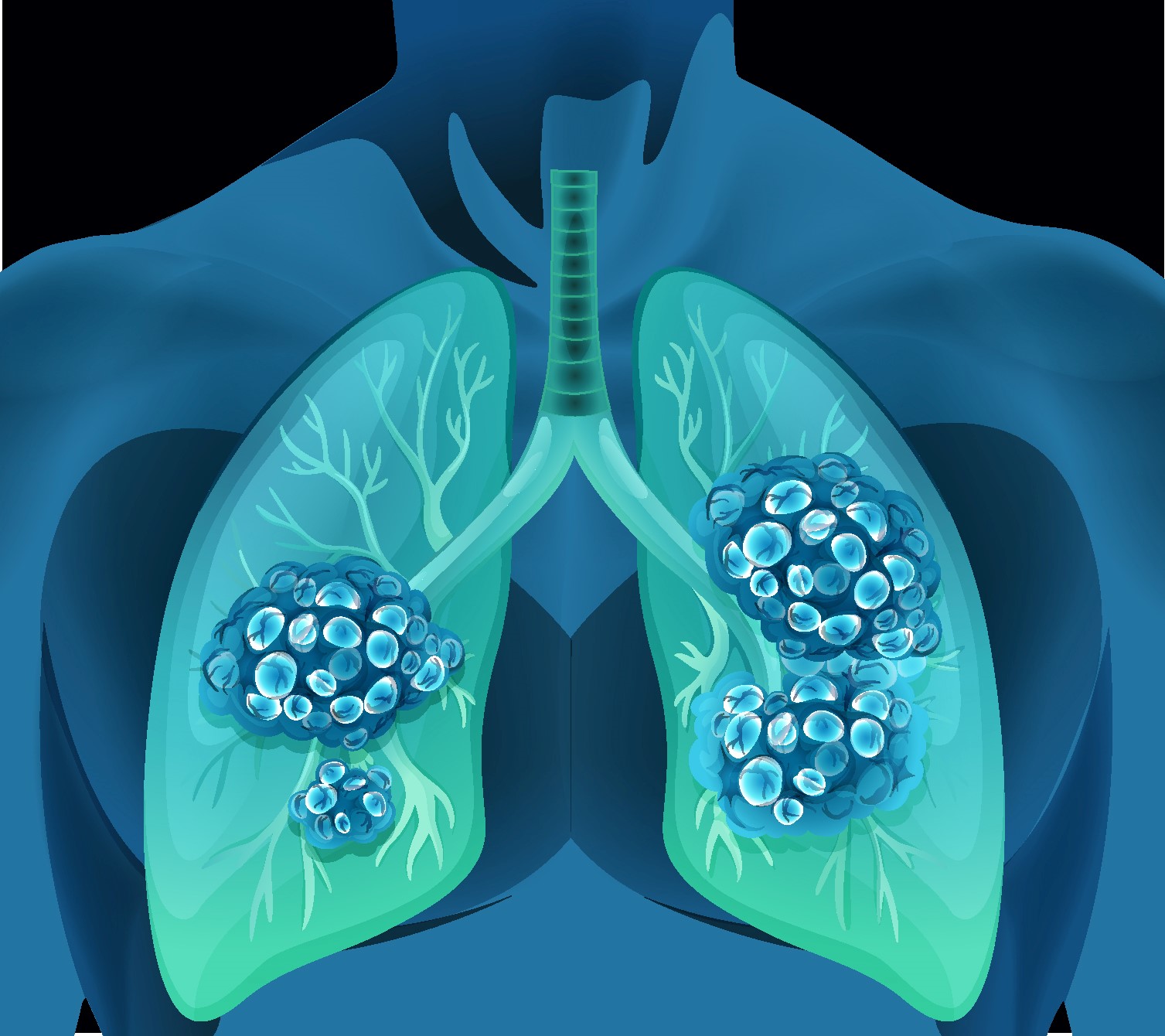Complications from liver cirrhosis are a leading cause of death in children with cystic fibrosis. Identifying children at risk for developing liver cirrhosis and halting its progression are critical to reducing liver-associated mortality.
Quantitative US imaging, such as shear-wave elastography (SWE), might improve the detection of liver fibrosis in children with cystic fibrosis (CF) over gray-scale US alone. We incorporated SWE in our pediatric CF liver disease screening program and evaluated its performance using magnetic resonance (MR) elastography.
Ninety-four children and adolescents with CF underwent 178 SWE exams, aspartate aminotransferase (AST), alanine aminotransferase (ALT), gamma-glutamyl transferase (GGT) and platelet measurements. Of these, 27 children underwent 34 MR elastography exams. We evaluated SWE performance using 6-MHz and 9-MHZ point SWE, and 9-MHz two-dimensional (2-D) SWE.
The 6-MHz point SWE was the only method that correlated with MR elastography (r=0.52; 95% confidence interval [CI] 0.20-0.74; P=0.003). SWE of 1.45 m/s distinguished normal from abnormal MR elastography (79% sensitivity, 100% specificity, 100% positive predictive value [PPV], 55% negative predictive value [NPV], area under the receiver operating characteristic [AUROC] curve 0.94). SWE of 1.84 m/s separated mild-moderate (3.00-4.77 kPa) from severe (>4.77 kPa) MR elastography (88% sensitivity, 86% specificity, 78% PPV, 93% NPV, AUROC 0.79). Elevations of AST, ALT, GGT and thrombocytopenia were associated with higher SWE. AST-to-platelet ratio index of 0.42, fibrosis-4 of 0.29, and GGT-to-platelet ratio of 1.43 all had >95% NPV for SWE >1.84 m/s.
Given its correlation with MR elastography, SWE might be a clinically useful predictor of liver fibrosis. We identified imaging criteria delineating the use of SWE to identify increased liver stiffness in children with CF. With multicenter validation, these data might be used to improve the detection and monitoring of liver fibrosis in children with CF.
Clinical use of shear-wave elastography for detecting liver fibrosis in children and adolescents with cystic fibrosis.


